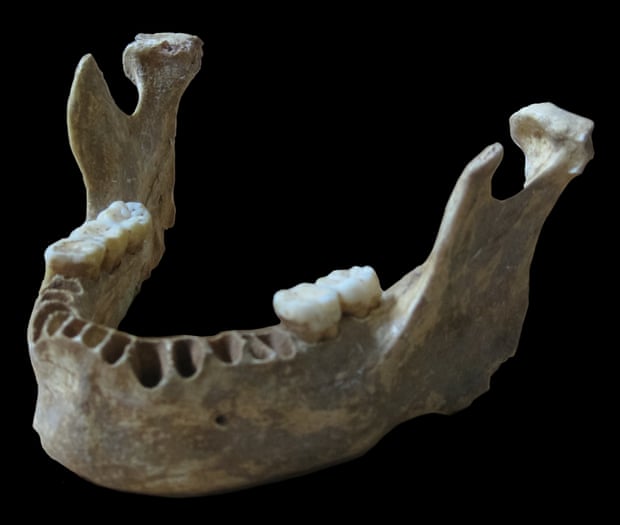For the first
time, a scientific study has observed bonobos (an analogous race to
chimpanzees) making sophisticated use of ancient pre-agricultural tools in a
manner similar to that which has hitherto been considered the prerogative of
archaic pre-human hominins and other members of the Homo genus. Among other
findings, a bonobo was observed for the first time making and using spears in a
social setting for the purpose of attack and defense.
Interestingly,
the bonobos are considered less sophisticated than their chimpanzee siblings.
Chimpanzees have been observed in nature using branches to dig for tubers in
the ground and to break into termite nests and beehives. As part of their
cultural diversity, they have also been documented breaking nuts with hammer and
anvil, and even manipulating branches into spears for use in hunting small
prosimians that hide in tree hollows. By contrast, bonobos were known as a
social species that engages in extensive sexual behavior and have not been
observed in nature using tools.
In the current
study they have examined that bonobos, in a sanctuary and a zoo, were also
capable of undertaking sophisticated sequential-actions in extractive foraging
tasks. This study included a group of eight bonobos at Wuppertal zoo, Germany,
who lived in conditions of full captivity, and a group of seven bonobos from
the Bonobo Hope sanctuary in Iowa, USA who lived in culturally-rich conditions
with forest access. Both groups were presented with similar natural challenges:
they were required to reach food either buried deep in the ground (covered by a
layer of stones of varying sizes), hidden inside large ungulate bones (filled
with dried fruit to simulate bone marrow), or concealed inside small concrete
capsules.
Within a few
days, the bonobos at the sanctuary began to prepare and use task-appropriate
tools in a deliberate and planned manner. They
also used stones and antlers as hammers to break ungulate bones or concrete
capsules. The zoo bonobos also managed to perform food extraction tasks, but it
took them a month to reach this point.
To sum up, we
believe that the current study will break down our cultural hang-up as humans
concerning the inherent capabilities and potential of bonobos and chimpanzees.
Video of the
study: https://www.youtube.com/watch?v=89rNGhGv3ys







